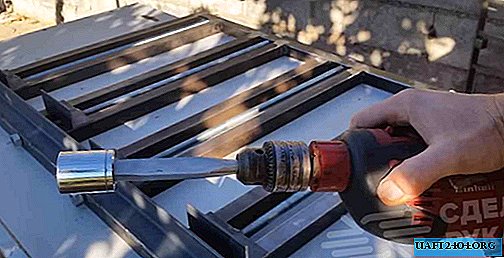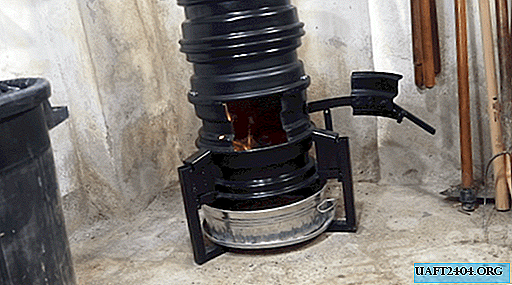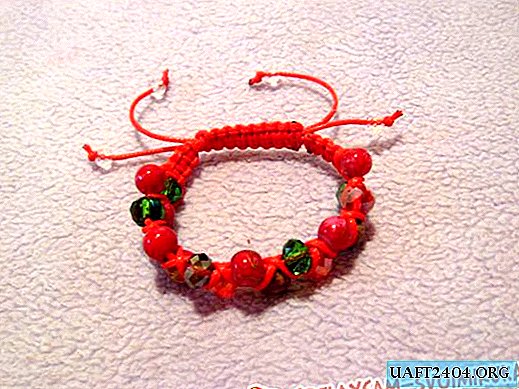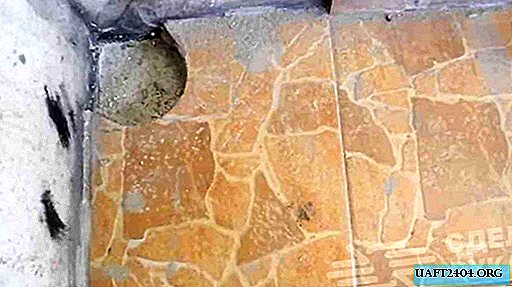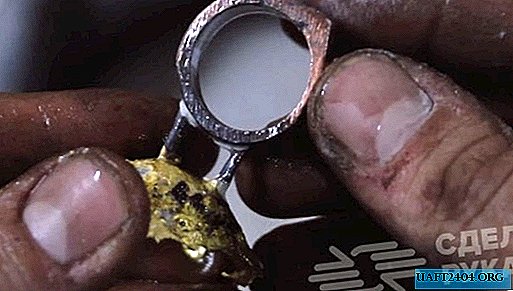Share
Pin
Tweet
Send
Share
Send
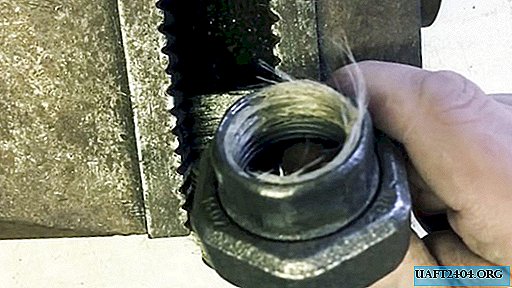
Despite the availability of modern materials for sealing plumbing threaded joints, flax remains relevant due to its reliability, resistance to high temperatures, the possibility of adjustment and a long service life. Even against the background of all the advantages, not everyone is ready to use tow, because working with it is longer and more difficult, and in addition it is possible to overdo it with its quantity, from which fittings, valves or other elements burst. If you adhere to certain rules, then all this can be avoided and achieved by combining only positive properties.
What will be needed to seal the flax joints
Unlike anaerobic gels, working with tow does not work to twist the joint by hand. In this regard, before starting work, you need to prepare:
- adjustable wrenches;
- gas keys;
- flax fiber;
- Unipak type plumbing paste.
How to use flax

The purpose of using flax is to tightly clog the space between the external and internal threads of the two connected elements. If it is wound immediately without preparation, then it will be difficult to twist the fittings in the future. You must first drive them dry so that the threads get used to. If you have to work with different materials, for example, a brass barrel and an American cast iron for a circulation pump, then it is simply impossible to wind the connection by hand. In this case, the barrel is convenient to fix in a vise, and if they are not, then a gas key is suitable. The connection needs to be driven to the end several times so that it starts to wrap and twist with your hands.

After grinding the thread you need to take a bunch of flax. Ideally, tow is clean without straw. Its amount is taken based on the depth of the thread. The higher the diameter of the connected elements, the more tow will be required.

The bundle should be combed out with your hands and straighten the fibers, then start to wind from the middle of the nipple.


This should be done in such a way that the flax is folded in half with a small tail. His loop is thrown on the thread from himself. The tail is wound counterclockwise.


Having driven the tail under the main flax whip, you need to start winding the remaining long bundle of tow in a clockwise direction. It is laid with a wide tape so that each turn half fits on the old loop and partially exits on a clean thread.



Gradually blocking the thread you need to move to the edge of the fitting. If a small tail remains, you can start winding it back to the middle. Flax needs to be smoothed by turning the connection in the clasped fingers so that it drags on and does not unwind.

Now, ideally, grease the surface of flax with a specialized sanitary paste, which will prevent its decay and many times increase its service life. It will act as a lubricant and facilitate winding. You can do without it, but only in sections of the pipeline that allow you to conveniently carry out repairs. I, for clarity, do not use it in this example.


After preparing the element with an external thread, it is necessary to wind an American, a crane, a plug or whatever is required. If the tow is wound correctly, then after the connection is completed, the flax practically does not protrude. Rare protruding fibers are conveniently cut with a blade, and even easier to burn with a lighter.
Unscrew the connection.

As you can see flax clearly tightened all the grooves of the thread.
When using tow, in the event that it turns out that the thread was tightened and this interferes with further installation, then it can be released or extended. Such a connection allows a revolution of up to 45 degrees in both directions. Of course, when tightening, you can not overdo it so that the connected elements do not burst.
Be sure to watch a visual and detailed video.
Share
Pin
Tweet
Send
Share
Send

